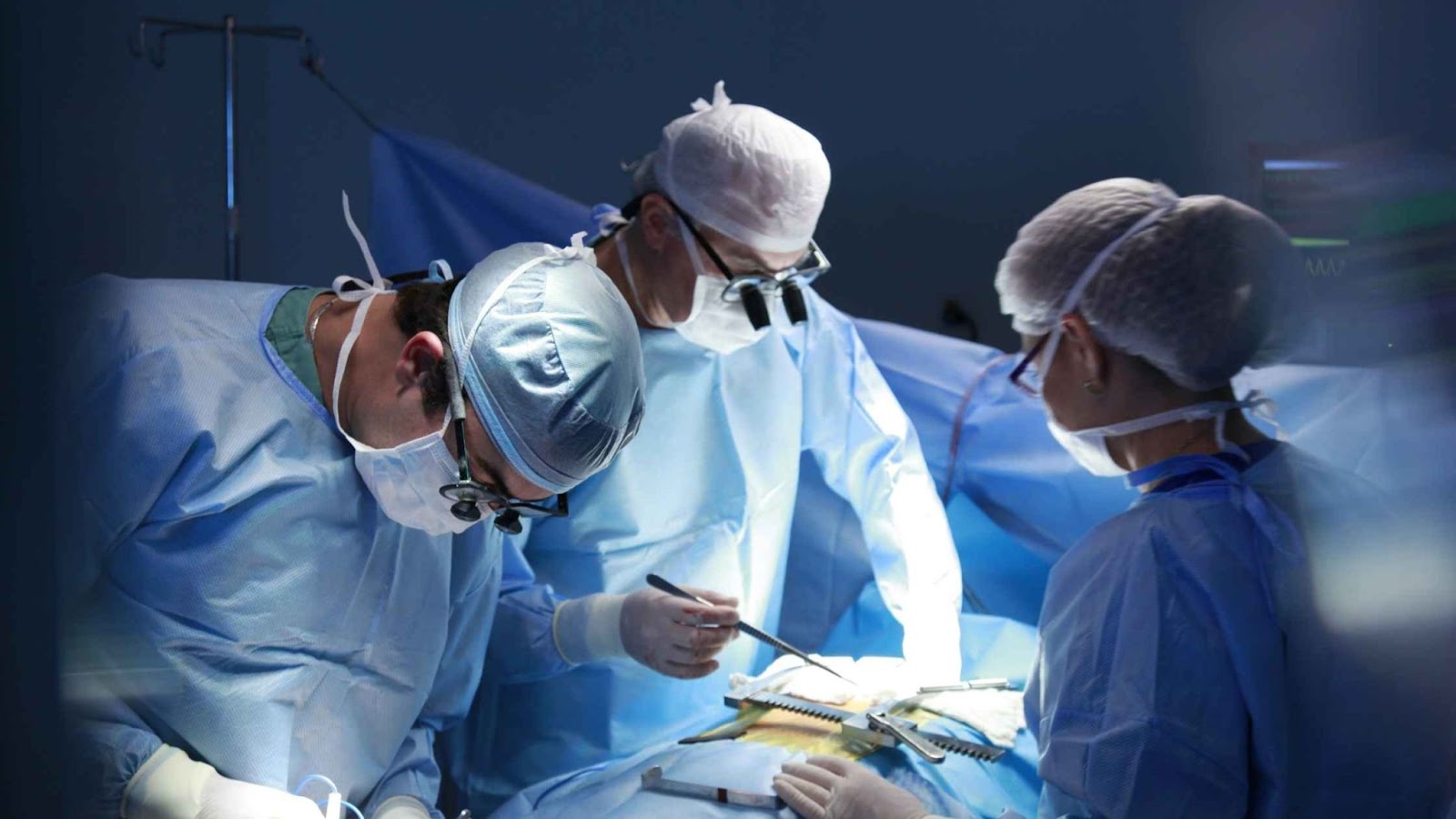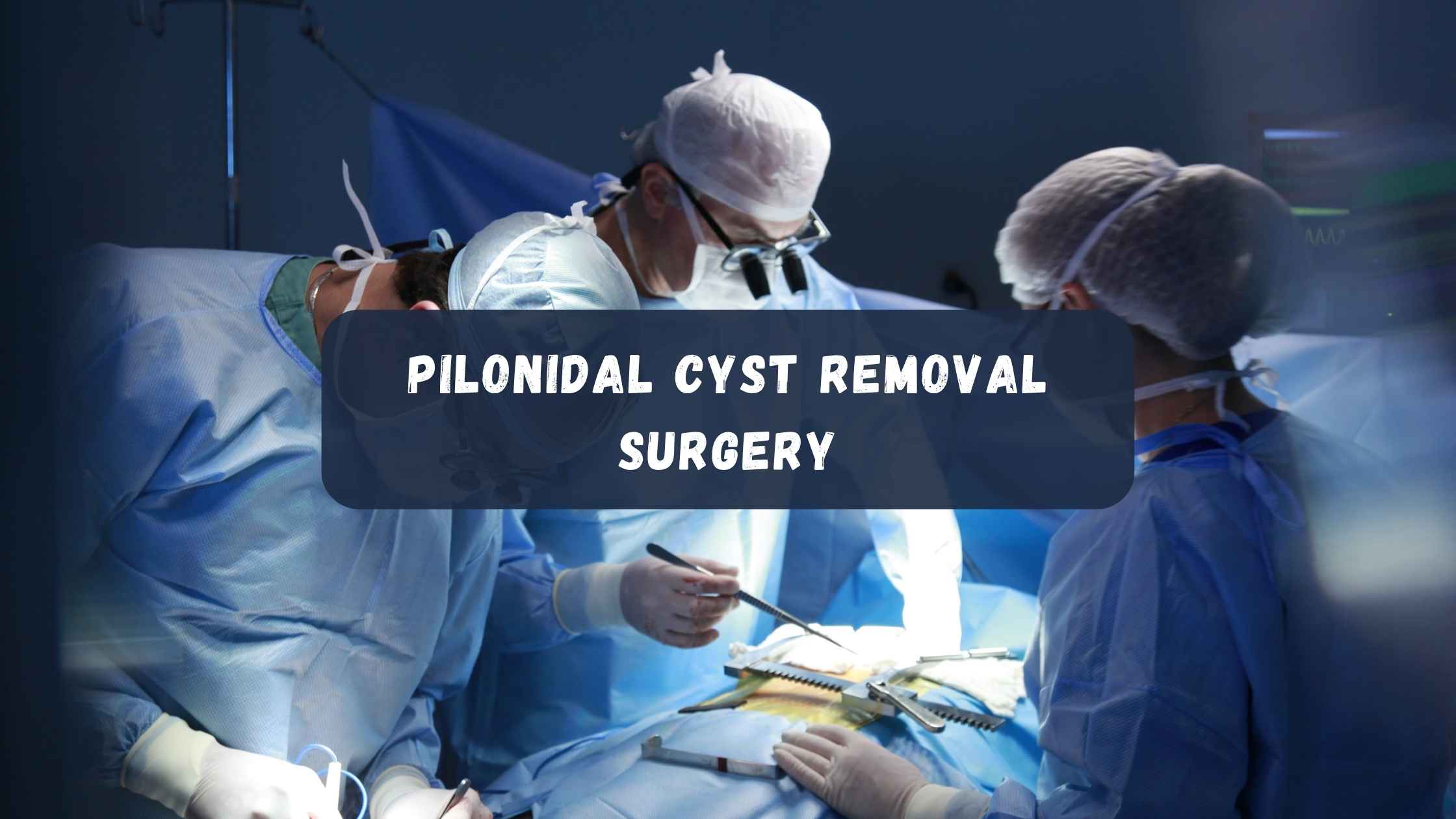“This article explains what to expect when having surgery for pilonidal cysts covering purpose preparation procedure and recovery tips in a clear helpful way.”
Allen Kamrava MD MBA understands how hard it can be to deal with pilonidal cysts. These painful lumps that grow near the tailbone make sitting or walking complex. People frequently experience anxiety when they hear the word surgery. However part of this tension may be lessened if you know what to expect. We are here to support you at every turn because of this. We are here to help you at every stage because of this. At our practice we help patients with pilonidal cyst removal surgery using the safest methods to bring relief.
Purpose of Surgery
This surgery primary goal is to remove the cyst that is continuously causing pain or infection. Pilonidal cysts can fill with pus or hair causing infection and pain. In some cases they keep coming back even after draining. That is when surgery becomes the best choice. Our team explains everything in detail before moving forward. We make sure you feel fully prepared and know exactly why this step is important for your healing.
We aim to stop the infection reduce discomfort and prevent the cyst from returning. Pilonidal cyst removal surgery is often the long term solution for people who have tried other methods without success. Our focus is always on your comfort safety and wellbeing.
Before the Procedure
Preparing for surgery can be a stressful experience but we are here to help you. We will meet with you before to your operation to address any questions you may have. We will also review your medical history and check for any health concerns that could affect your care.
We may suggest blood tests or imaging tests to see how deep the cyst is. We explain how the procedure works and what you can expect when you wake up after surgery. It is important to follow our guidelines for food and drink before your appointment. We usually ask patients not to eat for several hours before the procedure to make sure everything goes safely.
If you are taking any medications tell us during your visit. Some medicines need to be paused before surgery. At every stage to ensure that you are at ease and prepared we support you.
How to Prepare on the Day of Surgery?

We recommend that you wear loose comfortable attire on the day of the procedure. To provide yourself time to settle in without feeling rushed, arrive early. After the surgery have someone drive you home safely.
Our employees will greet you and ensure your comfort. Usually, either local or general anaesthesia is used for the procedure. This means you may stay awake but numb or be fully asleep based on what is best for you.
The surgery involves removing the cyst along with the infected tissue. We may close the wound or leave it open to heal naturally. We will discuss which method is right for you ahead of time. Both options are safe but healing time can vary.
Right after surgery we move you to a recovery area. Our team checks on you until you are ready to go home. You will get clear instructions for home care including how to clean the area and when to return for follow up visits.
What Does Recovery Look Like?
A crucial phase of your trip is recovery. To make sure you are recovering properly, we will continue to communicate with you. The first few days you may feel sore but we provide pain relief to help you stay comfortable
Keeping the surgical area clean is key. We will show you how to care for the wound to avoid infection. When you are ready, taking quick walks helps promote healing and circulation. Until you feel better, avoid sitting for extended periods of time.
For some people stitches are used. In other cases the wound heals naturally over time. We explain the right way to change dressings and when to come back for checkups. We also guide you on when you can return to work school or other activities.
To support healing we suggest a few steps:
- Take medications as prescribed
- Keep the area dry and clean
- Avoid heavy lifting
- Follow up with us as advised
Sometimes pilonidal cyst treatment includes antibiotics. This is rare but may happen if there is infection. We will decide if pilonidal cyst antibiotic treatment is needed based on your case.
Most people recover fully within a few weeks. In some cases healing may take longer especially if the wound is left open. We will work with you to track progress and adjust care if needed.
Conclusion
At our practice we believe in walking beside you through every part of your care. Pilonidal cyst removal surgery is a safe proven way to help people who have struggled with painful cysts for too long. We focus on your comfort your safety and your healing.
You can take charge of your health and go back to living your life by knowing why you need surgery, how to be ready for it and how to follow the correct steps throughout recovery. We are always here to help you.

